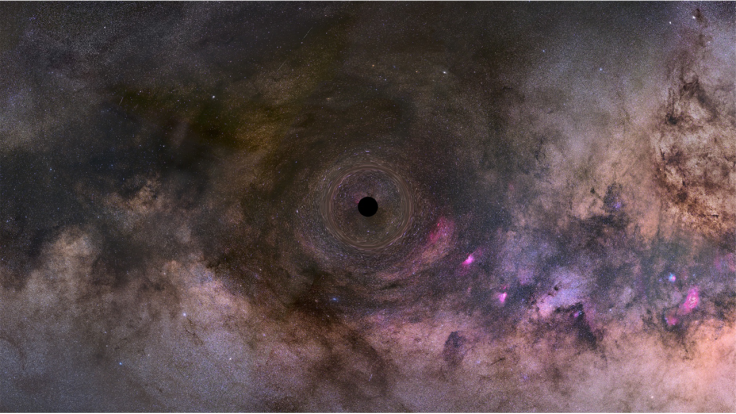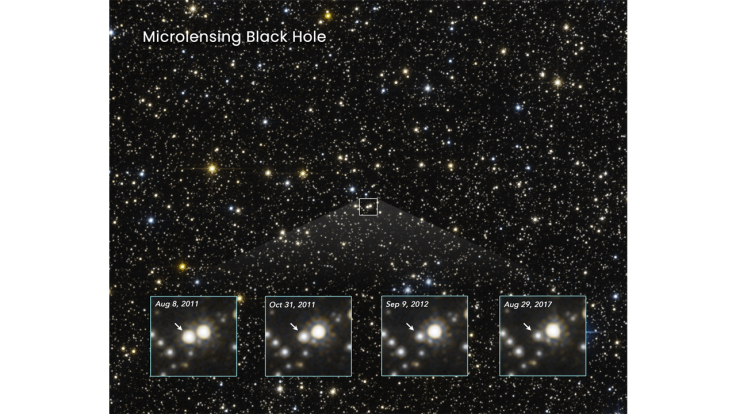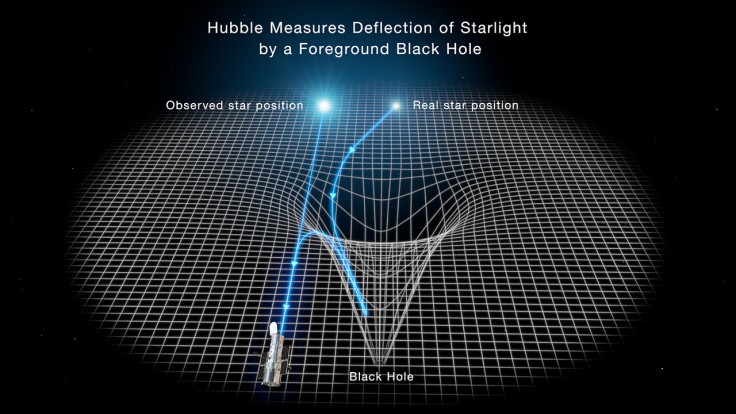
Because black holes do not emit their own light, they are incredibly difficult to detect. This is true even though astronomers say that among the 100 billion stars in our galaxy, there should be 100 million black holes.
Space.com reported that according to one estimate of its mass, a rogue black hole spotted roaming the space lanes of our Milky Way galaxy alone could be the smallest black hole ever observed. This first known isolated stellar-mass black hole was discovered earlier this year by astronomers led by Kailash Sahu of the Space Telescope Science Institute in Baltimore, Maryland.
We don't have to be alarmed because the black hole is only 5,000 light-years away, according to NASA. However, based on statistics, NASA pointed out that the nearest wandering black hole to Earth might be no more than 80 light-years away. The isolated black hole, according to Sahu's team, is moving at 100,000 miles per hour (160,000 kilometers) across the galaxy. This speed is fast enough to travel from Earth to the Moon in less than three hours.
How Did Scientists Discover the Wandering Blackhole?

The light from a star far behind the black hole was briefly brightened and deflected by the black hole passing in front of it, as shown in the image above. The Hubble Space Telescope's exceptional resolution was ideal for this long and tedious measurement. The intense gravitation of the black hole left a distinct fingerprint on the deflection of starlight, ruling out other gravitational lensing hypotheses, as per NASA.

The space agency noted that the warping of space caused by the gravity of a foreground object traveling in front of a background star will bend and amplify the light of the background star as it passes in front of it for a brief instant. Astronomers investigate stars and exoplanets in the approximately 30,000 events seen so far inside our galaxy using the gravitational microlensing phenomena.
A rogue black hole can't be photographed because it doesn't emit any light. A black hole, on the other hand, warps space, deflecting and amplifying starlight from anything that happens to line up exactly behind it.
Who Are the People Involved in the Discovery?
Two teams, one led by Kailash Sahu of the Space Telescope Science Institute in Baltimore, Maryland, and the other by Casey Lam of the University of California, Berkeley, used Hubble data in their investigations. Although the conclusions of the two teams varied significantly, they both point to the presence of a compact object (the wandering blackhole).
NASA and the European Space Agency (ESA) collaborated on the Hubble Space Telescope. The telescope is managed by NASA's Goddard Space Flight Center in Greenbelt, Maryland. Hubble science operations are managed by the Space Telescope Science Institute (STScI) in Baltimore, Maryland. The Association of Universities for Research in Astronomy in Washington, D.C. operates STScI for NASA.









